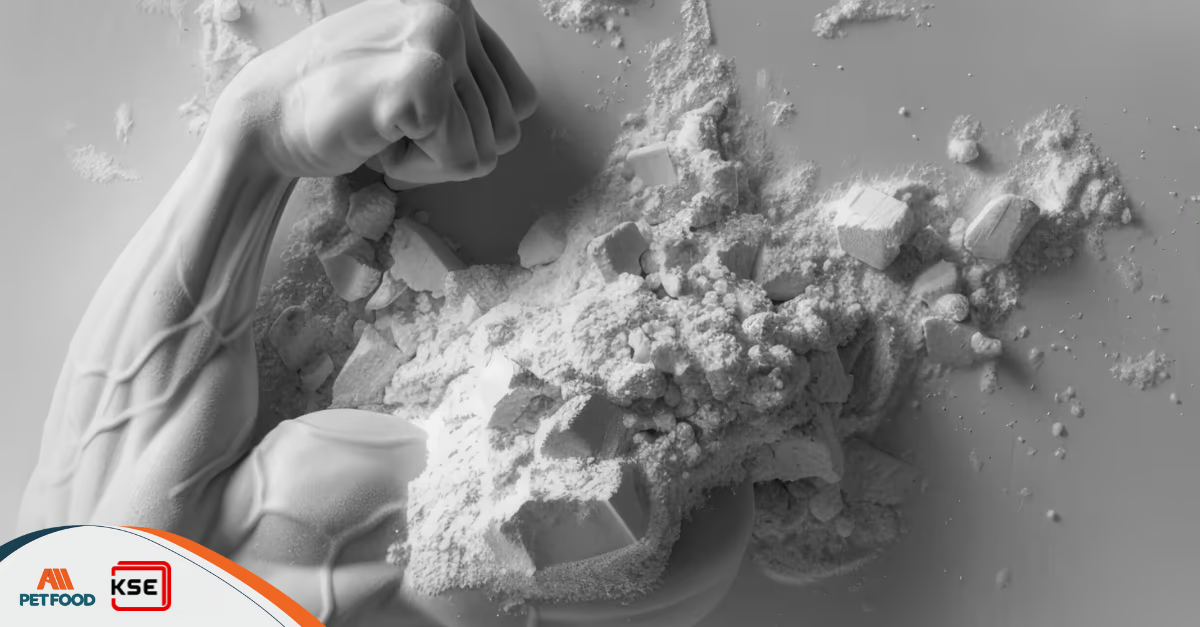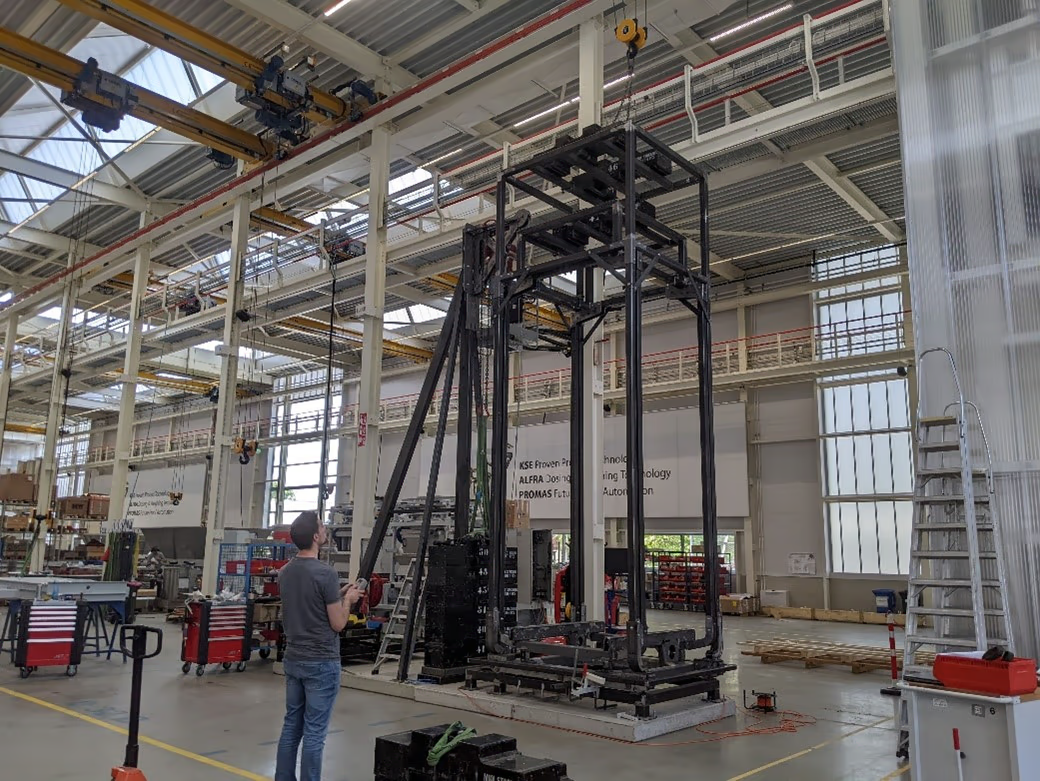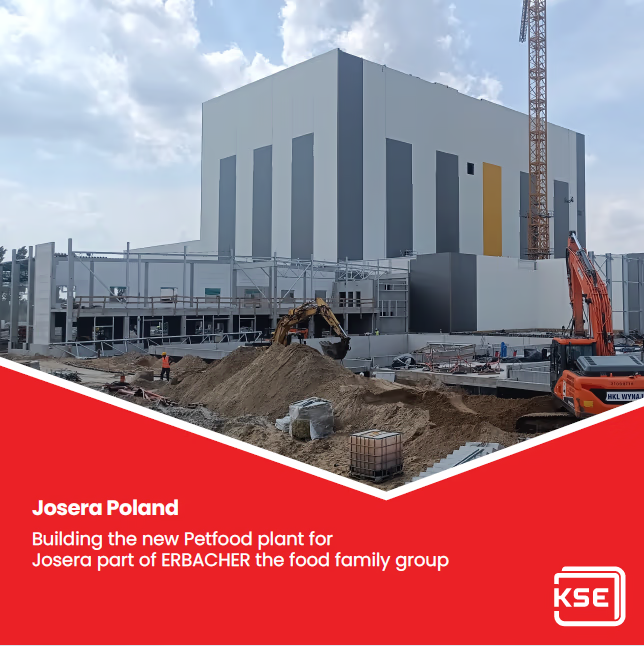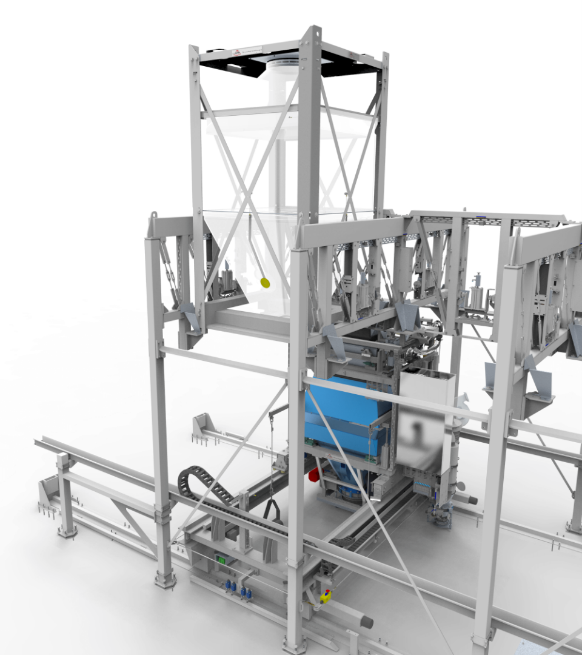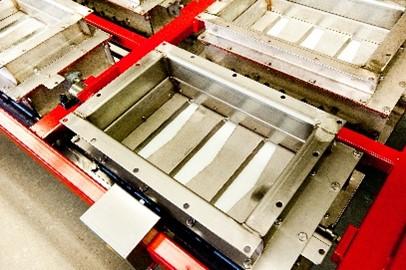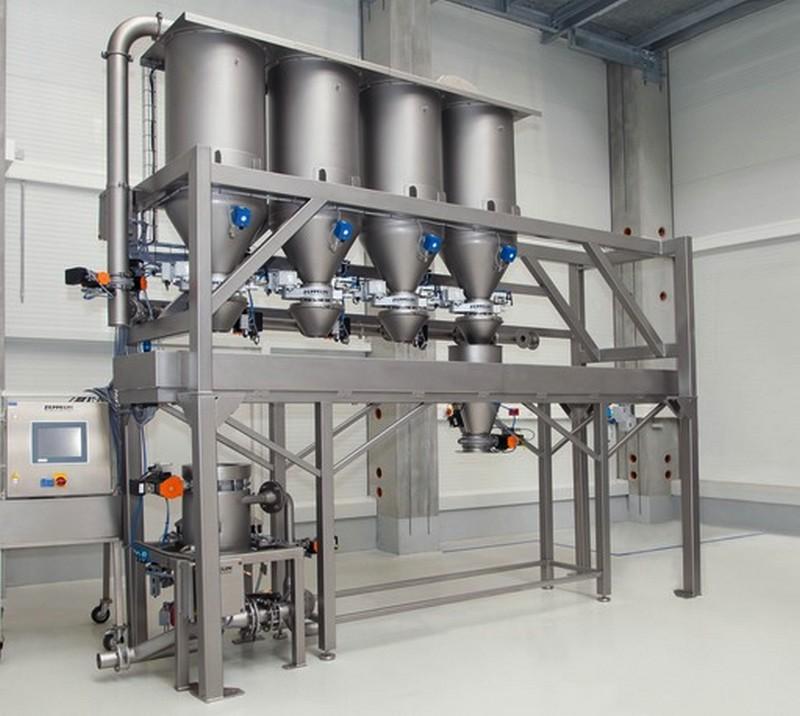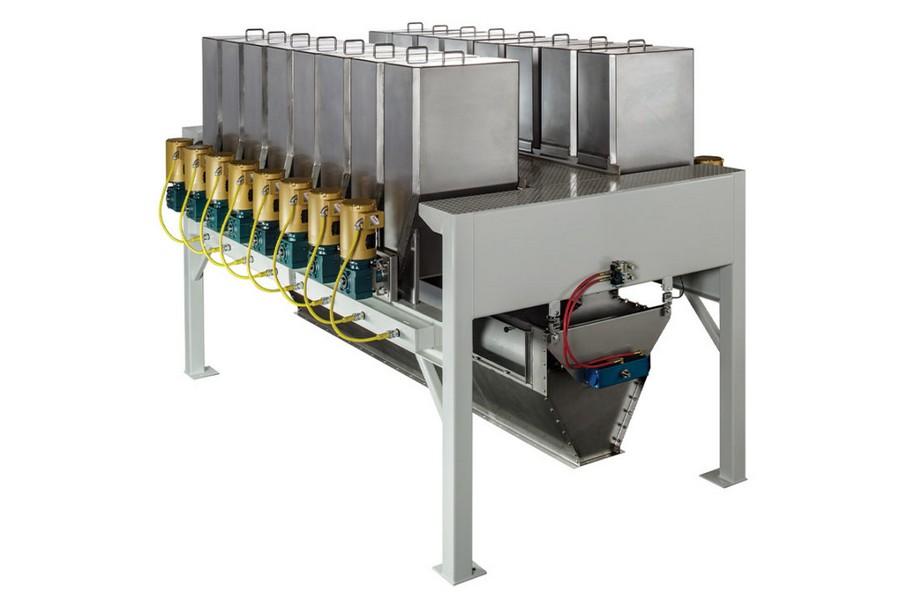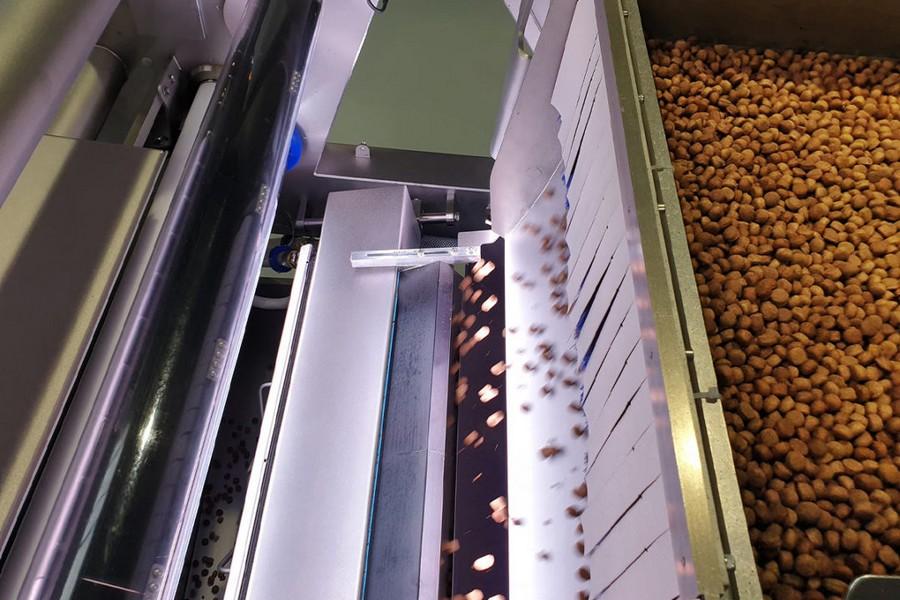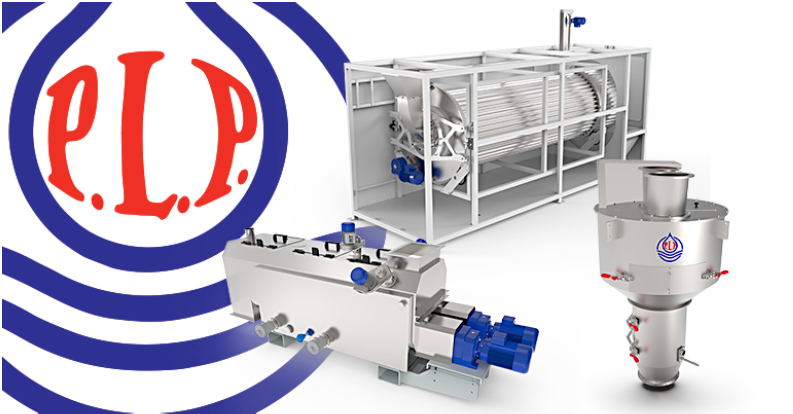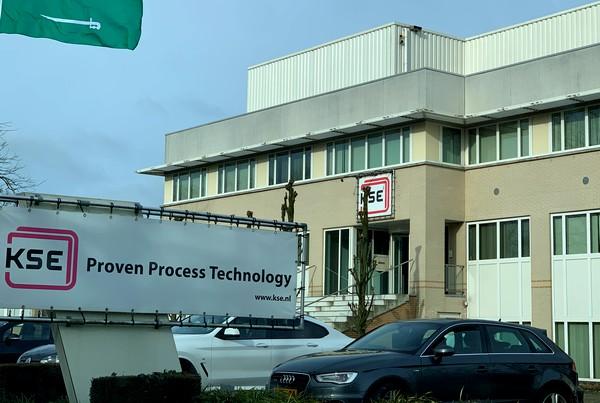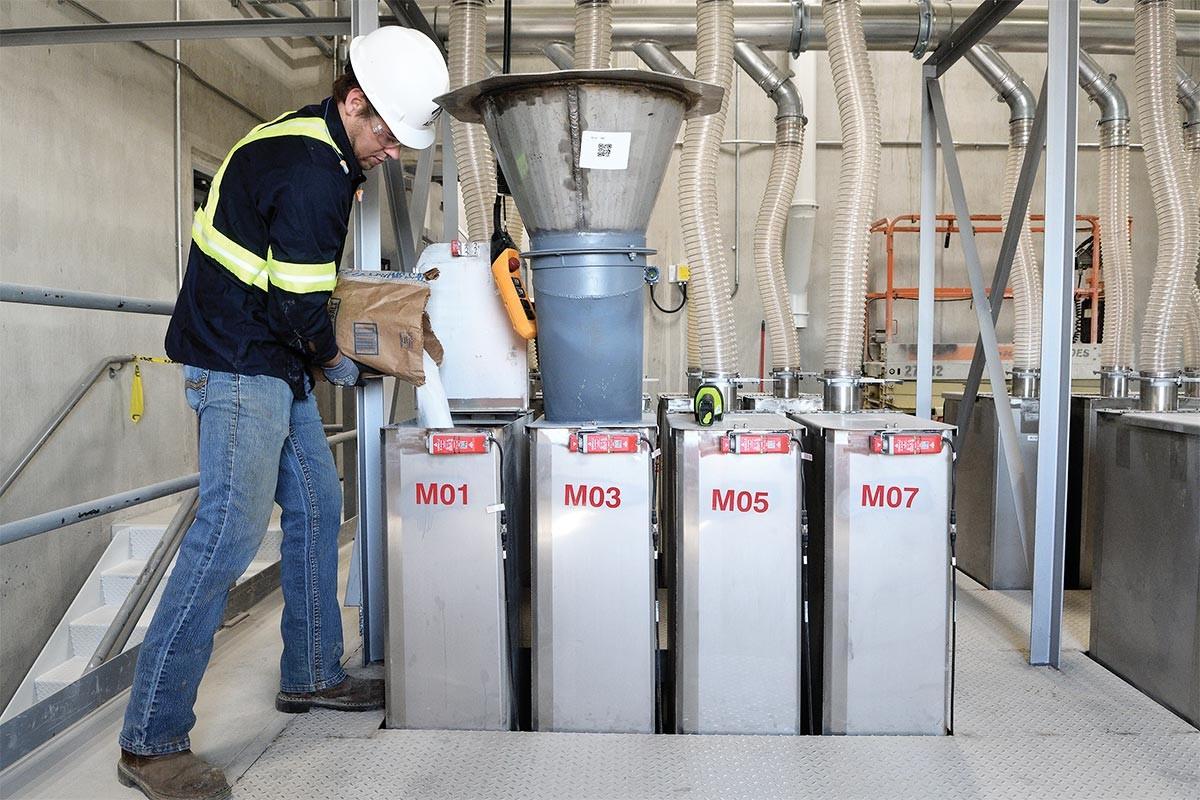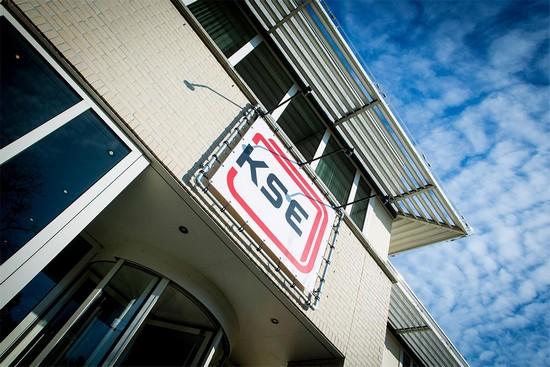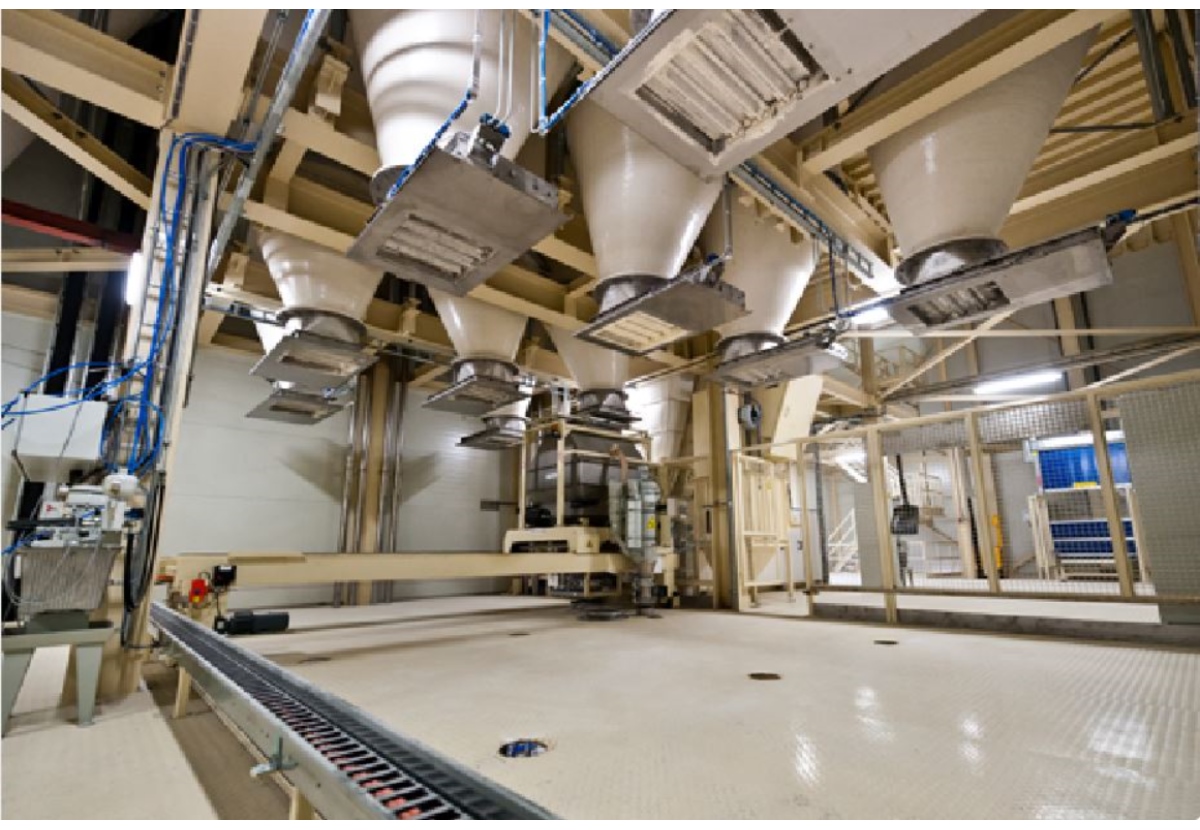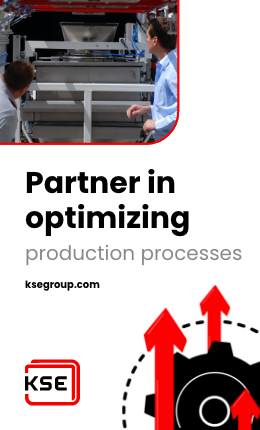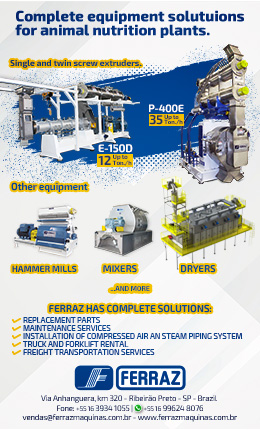02/03/2022
Benefits of modern batching systems
Batching systems play an important role in product quality and plant efficiency for pet food and treat processors. Equipment design can ensure product uniformity, consistent product flow, and efficient changeovers from batch to batch. There are a number of common options for batching systems in pet food and treat applications, and processors must consider several factors when looking to upgrade their facilities.
Evaluating batching systems
'When considering an automated batching system for pet food ingredients, it is important to look at several factors which will influence the type of batching system recommended and optimize ingredient cost savings and overall ROI,' said Sharon Nowak, business development manager, Coperion K-Tron USA Food & Pharmaceutical Industries, Sewell, N.J. 'The top three for consideration include batch accuracy required for the specific ingredient, desired batch times, and overall plant design considerations including height limitations, space requirements, and support structures for the batching system.'
'It's a little different for everyone,' added Matt Lueger, vice president of sales, NorthWind Technical Services, Sabetha, Kan. 'But the big factors that we typically see are accuracy, traceability and flexibility. Most customers not only want a system that consistently produces a quality product, but also tells them what went into each batch without restricting their ability to continually change their ingredients or recipes.'
Pete Ensch, chief executive officer, WEM Automation, LLC, New Berlin, Wis., agreed on the importance of traceability for today's processors.
'The batch system needs to incorporate lot code traceability,' he said. 'Pet food producers' value is directly linked to their track record of producing safe quality food. In the event that something goes wrong, you need the ability to quickly track the problem and contain it. Traceability needs to be automated and working in the background. Beyond the safety side, traceability also helps to control inventory management and control, and can be linked back to your ERP to help automate purchasing. This keeps production flowing and controls cost.'
Other factors to take into consideration include throughput, types and quantities of product that need to be conveyed, and quality and repeatability.
'At the end of the day, you need a batching system that can accurately weigh out your ingredients and consistently mix them,' Ensch explained. 'Pet food has some unique challenges in that there are many different ingredients with a variety of densities and flow rates. Several of the raw ingredients, because of the nature of protein, have a significant amount of variability. Equipment and controls need to be able to handle the de variety. All of the downstream processes like extrusion and drying perform better if you provide them a consistent, quality input.'
Batching options
Modern batching systems are designed with factors such as accuracy, reliability, traceability, flexibility and food safety in mind.
'Due to the increased food safety regulations and requirements to adhering to exact ingredient percentages in a given pet food recipe, the use of high accuracy LIW [loss-in-weight] batching using gravimetric screw feeders is quickly becoming the most reliable batching device of choice,' Nowak said. 'LIW batching utilizing Coperion K-Tron high-accuracy screw feeders provides a significant accuracy and process time advantage over traditional GIW [gain-in-weight] batch techniques. LIW batching is used when the accuracy of individual ingredient weights in the completed batch is critical or when the batch cycle times need to be very short. In addition, LIW feeding affords broad material handling capability and thus excels in feeding a wide range of materials from low to high rates.'
Regardless of feed rates, LIW batching can offer accuracy, speed and variability benefits over traditional GIW methods. (Source: Coperion)
'There are several different types of batching systems,' added Joe Lewis, marketing, Sterling Systems & Controls, Inc., Sterling, Ill. 'These include semi-automatic hand prompt/add batching systems, semi-automatic self-contained 'kitchen type' batching systems, and automatic batching systems.'
Utilizing different systems and features allows pet food and treat processors to fine-tune the batch process from start to finish. Options include manual or automatic batch delivery, various ingredient storage methods, and integration to the ERP system to communicate production schedules and ingredient usages.
'Most modern batch controls have dozens of features, but a couple of useful ones for pet food are an order grid and automatic bin level checking,' Ensch said. 'An order grid includes order number, formula name, the amount of material to be produced, the required date, destination bins and comments. The grid can have orders entered direct or interfaces with your ERP system. Automatic bin level checking has the system check bin levels of each ingredient in a production run prior to starting the batch. The system will alert the operator of any insufficient ingredients.
'Another useful feature is production usage tracking and inventory management with lot code tracking,' Ensch added. 'This allows the batch system to track material used for each production run, batch, and track respective lot codes for ingredients. Statistical process control (SPC) charting is one more feature that's great for fine-tuning the batch process. A system tracks the production data to the level to produce statistical process control charts. Being able to understand when a system is in control or out of control and having the data to either troubleshoot it or reduce variation for greater accuracy can change your business.'
Product quality
There are several ways in which batching systems can impact product quality.
'Vacuum conveying systems help to provide the right amount of ingredients or final products to the next processing or packaging step,' said Andrea Bodenhagen, communication and content manager, Piab Vakuum GmbH, Butzbach, Germany. 'Thanks to the closed system, it also provides a dust free environment and protects the product from contamination. While the pet food industry is often still using mechanical or manual material handling, vacuum conveying systems are state of the art in the pharma and food sector. Pet food manufacturers, therefore, benefit from the long-term experience of Piab in these sectors as well as all the developments that have been done for these industries to keep the original product quality during the conveying process.'
'Batching systems play a significant role in the overall product quality of pet food and treats,' Lueger said. 'Not only in the accuracy and consistency of the ingredients that make up the product, but also in the visibility of what went into the product in the event of a quality issue. Batch reports and historical trends can go a long way toward preventing future product quality issues.'
Jim Gaydusek, sales director, United States and Canada, Cozzini LLC, Chicago, agreed that batching systems have an important role to play in consistency and product quality.
'One of the greatest benefits is consistency from batch to batch,' he said. 'Auto management of recipes removes much of the human factor and reduces processing error. Scales accurately weigh the ingredients to ensure the proper weight(s) get added and the HMI [human-machine-interface] can sequence through the processing steps according to the program.'
Plant efficiency
Batching systems can also impact plant efficiency for pet food and treat processors. 'In addition to improving product quality over traditional manual weighing methods, the automation of the material handling/product transfer as well as the batching can greatly affect overall efficiency,' Nowak said. 'The use of automated dispensing systems, which can also integrate pneumatic conveying systems for material transfer, can greatly reduce the amount of human interaction as compared to manual methods of weighing and transfer. This maximizes social distancing and adheres to strict COVID guidelines of safety.
'Properly weighing and accurately delivering the ingredients without manual intervention can result in a number of process advantages, including overall food safety, fewer mistakes, better accuracy, lower bulk costs, improved product quality and savings in manufacturing costs,' he added.
'Eliminating manual batching reduces scrap costs, increases efficiency and throughput,' Lewis noted. 'Automatic systems can be customized with multiple scales for speed of batch production without sacrificing accuracy or quality, resulting in fast high batch rates and accuracy of weighments. Dust containment and collection options for automatic batching systems improves safety and operator efficiency.'
Processors must be able to track and trace each ingredient throughout the process to ensure quality and safety and, in the case of a product issue, pinpoint exactly where and what went wrong. (Source: Coperion)
To maximize overall efficiency, factors such as system design and sequencing must be taken into account. 'You want a system that moves from one batch to the next seamlessly and with little idle time between batches,' Ensch said. 'Some of this is system design, things like having holding vessels, surge bins and multiple scales so that you can weigh up ingredients before the mixer; optimizing cleanout times between batches and changeovers; the use of high and low bin level indicators and automated routing to make sure the batching system is never starved for ingredients. The system must manage all the timing, so the batching process is nearly continuous in nature.'
New advancements
Batching systems continue to evolve to meet changing needs and requirements. Modern batching systems now have huge advantages over their predecessors in a multitude of areas.
'Over the past decade the number of different types of formulations and the raw ingredients used has grown exponentially,' Ensch said. 'This has made batching systems larger and more complex. Having a blending control system that has formula-based scaling and mixing parameters is extremely helpful. The trend of higher protein pet food has also increased the content of fibrous protein ingredients, which have the much greater variation. Formulations contain many ingredients and there is a need for a batch system that can measure major, minor and micro ingredients with very low dispersions like vitamins and minerals.'
'There have been a significant number of design improvements to batching systems for pet food and treat processing,' Nowak said. 'They include improvement in weighing technologies and batching controls, improvements in overall design of equipment to improve cleanability and food safety while minimizing downtimes, improvements in feeder design options ideal for difficult flowing materials, and improvements in feeder technology to alleviate pressure/vacuum influences on the feeder output.'
Advancements in technology have also vastly improved traceability of ingredients.
'The amount of technology that is utilized to track and trace ingredients continues to evolve,' Lueger noted. 'From simple bar-coded lot numbers on bags to RFID [radio-frequency identification] tracked totes/IBCs [intermediate bulk containers] and hoppers on tracks or AGVs [automated guided vehicle]. Innovation and technology gains continue to support traceability regardless of size, equipment configuration, system capacity, etc.'
By Richard Rowlands & Matt Lueger
Northwind Technical Services - Pet Food processing
